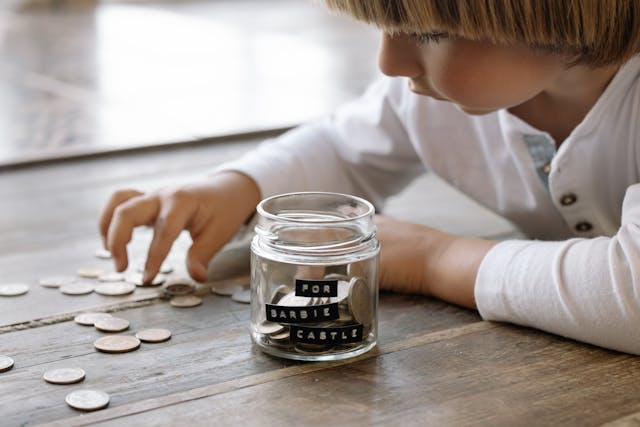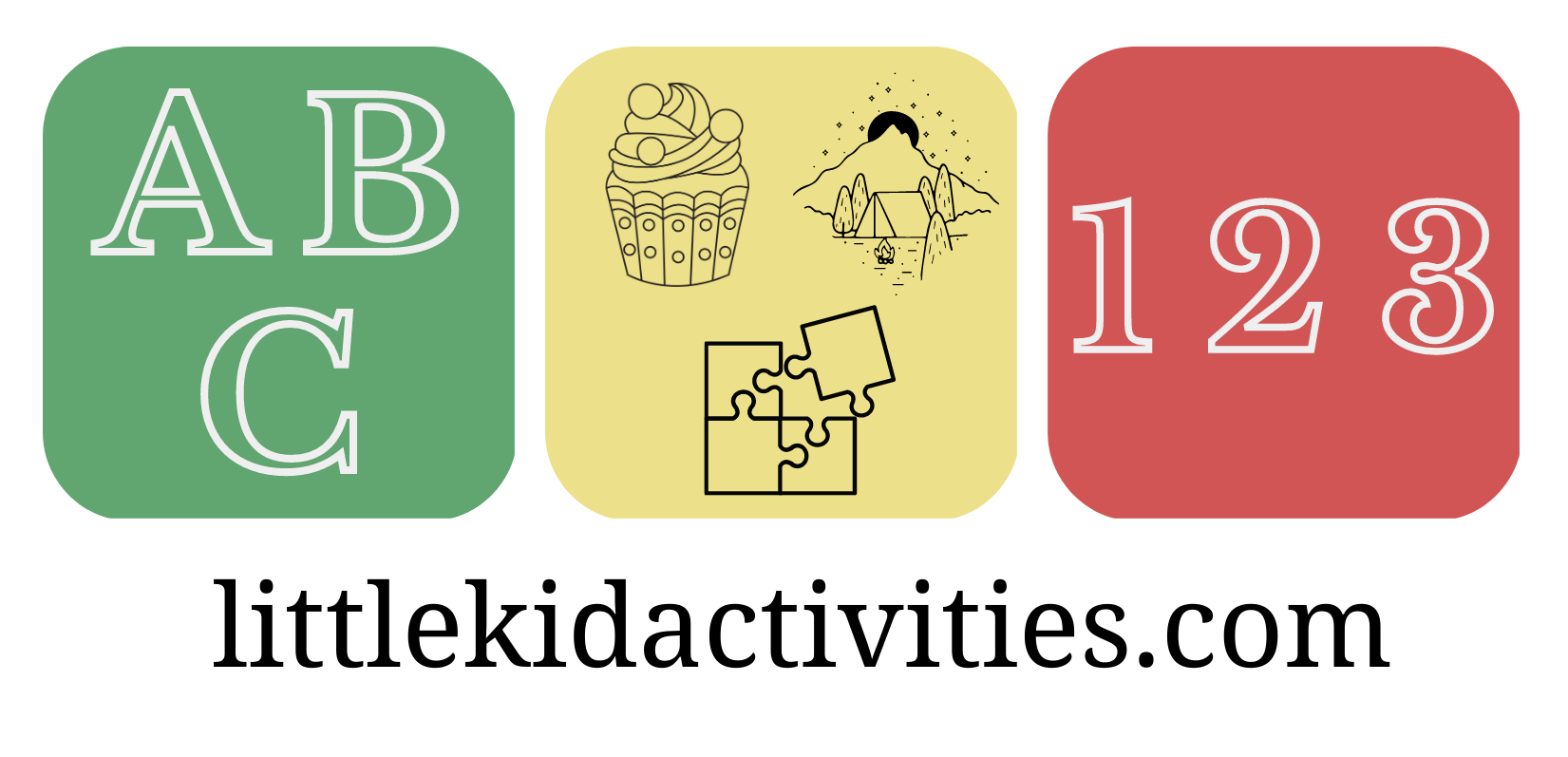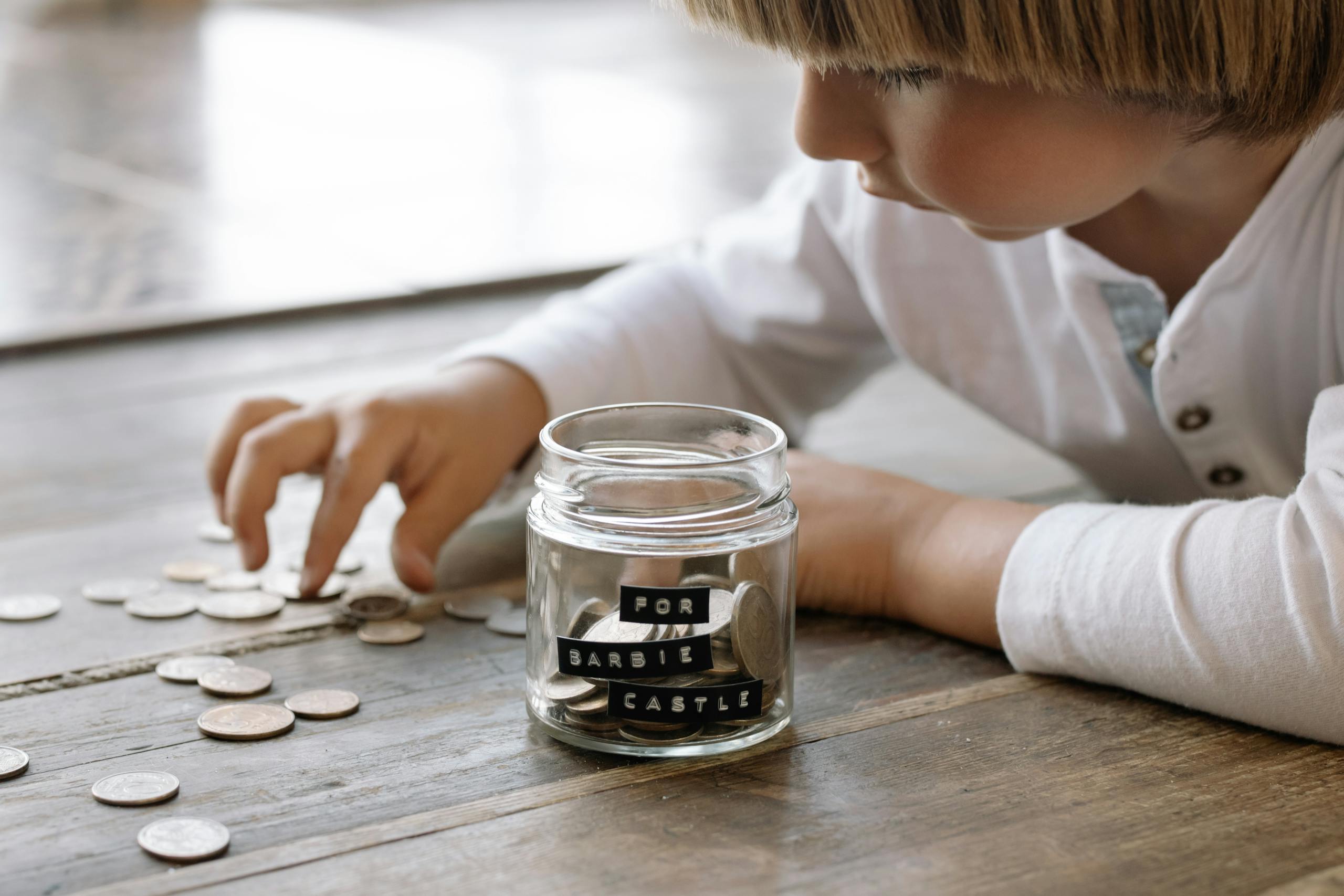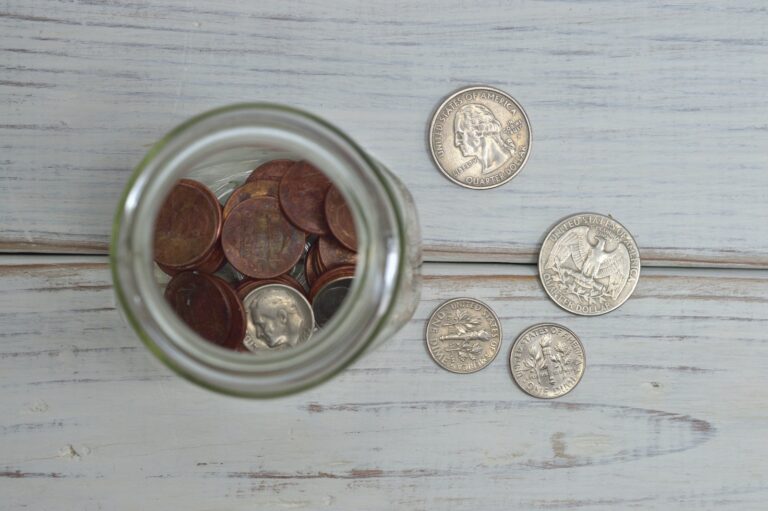How to Teach Kids About Budgeting: Fun and Simple Money Lessons
This post contains affiliate links. When you click on them and make a purchase, I will earn a small commission at no additional cost to you.
Hi there, parents! Want to raise money-savvy little humans who understand the value of a dollar? Teaching kids about budgeting doesn’t have to be a snooze-fest filled with spreadsheets and lectures. Nope! It can be fun, hands-on, and doable—even for the littlest learners. Whether you’ve got a preschooler counting coins or a big kid eyeing their first allowance, these tips will help you introduce budgeting for kids in a way that sticks. Let’s dive into some simple, playful ways to teach children money management!

Why Budgeting for Kids Matters
Before we get into the how, let’s talk about the why. Kids who learn budgeting basics early grow up with strong financial literacy skills. They’ll know how to save, spend wisely, and avoid those sneaky impulse buys (looking at you, toy aisle tantrums!). Plus, starting young builds confidence—imagine your kiddo proudly saying, “I saved up for this all by myself!” Ready to make budgeting a family adventure? Here’s how to teach kids about budgeting, step by step.
Start with the Basics: Needs vs. Wants
Little kids might not grasp “budgeting” right away, but they can learn the difference between needs and wants. Grab some paper and crayons, and draw two big circles: one labeled “Needs” (like food, clothes, and a home) and one labeled “Wants” (like toys, candy, or that glittery unicorn backpack).
Try this: Give your kid a handful of play money (or real coins if they’re ready) and some pictures of items—like a sandwich, a toy car, or a pair of shoes. Ask them to “spend” their money by placing it in the right circle. Chat about why we save for needs first. A simple budgeting lesson sets the stage for bigger money concepts!
Pro Tip: Check out this awesome play money set that makes this activity a breeze.

Make It Visual with Jars or Envelopes
Kids love seeing their money grow—literally! Grab three clear jars or envelopes and label them: Save, Spend, and Give. When your child gets allowance, birthday cash, or tooth fairy loot, help them split it up. For example:
Save: 50% for something big, like a new bike.
Spend: 40% on small treats, like a snack or sticker pack.
Give: 10% to share with a charity or a sibling’s piggy bank.
This hands-on method teaches kids money management by showing how budgeting works. Bonus points if you decorate the jars together—think glitter glue and googly eyes!
Want a Freebie? Grab my printable jar label set—perfect for kicking off your budgeting adventure!
Play “Store” to Practice Spending
Turn your living room into a mini store! Set up a pretend shop with toys, snacks, or even your kid’s old stuff they’re willing to “sell.” Give them a set amount of play money and let them shop within their budget. They’ll have to figure out what fits if they want that teddy bear and the cookie.
This game is gold for teaching kids about budgeting because it’s all about choices. They’ll learn that money isn’t endless—and that’s okay! Keep it light and silly to hold their attention.
Gear Up: Snag a cute cash register toy.

Set a Savings Goal Together
Big dreams need big plans, right? Help your child pick a savings goal—like a new book or a trip to the zoo. Draw a goal chart (a thermometer style works great!) and color it in as they add money to their “Save” jar. Watching that chart fill up is so satisfying, and it teaches patience and planning, key pieces of money management for children.
Lead by Example
Kids watch everything we do, so let them see you budgeting too! Talk out loud when planning: “Hmm, I’ve got $50 for groceries this week—let’s pick the apples instead of the fancy cookies.” Invite them to help with small decisions, like choosing between two snacks at the store. It’s a sneaky way to teach kids financial literacy without them knowing it!
Bonus Tips for Teaching Kids About Money
Keep it Age-Appropriate: For preschoolers, stick to coins and simple ideas. For older kids, apps or allowance tracking should be introduced.
Celebrate Wins: Throw a mini party when they hit a savings goal—dance party, anyone?
Be Patient: Money skills take time, so don’t sweat the small stuff.
Ready to Start Budgeting with Your Kids?
Teaching kids about budgeting doesn’t have to be complicated or boring. With a few jars, some play money, and a sprinkle of fun, you’ll raise little money masters in no time. Start small, keep it playful, and watch their financial confidence grow!







